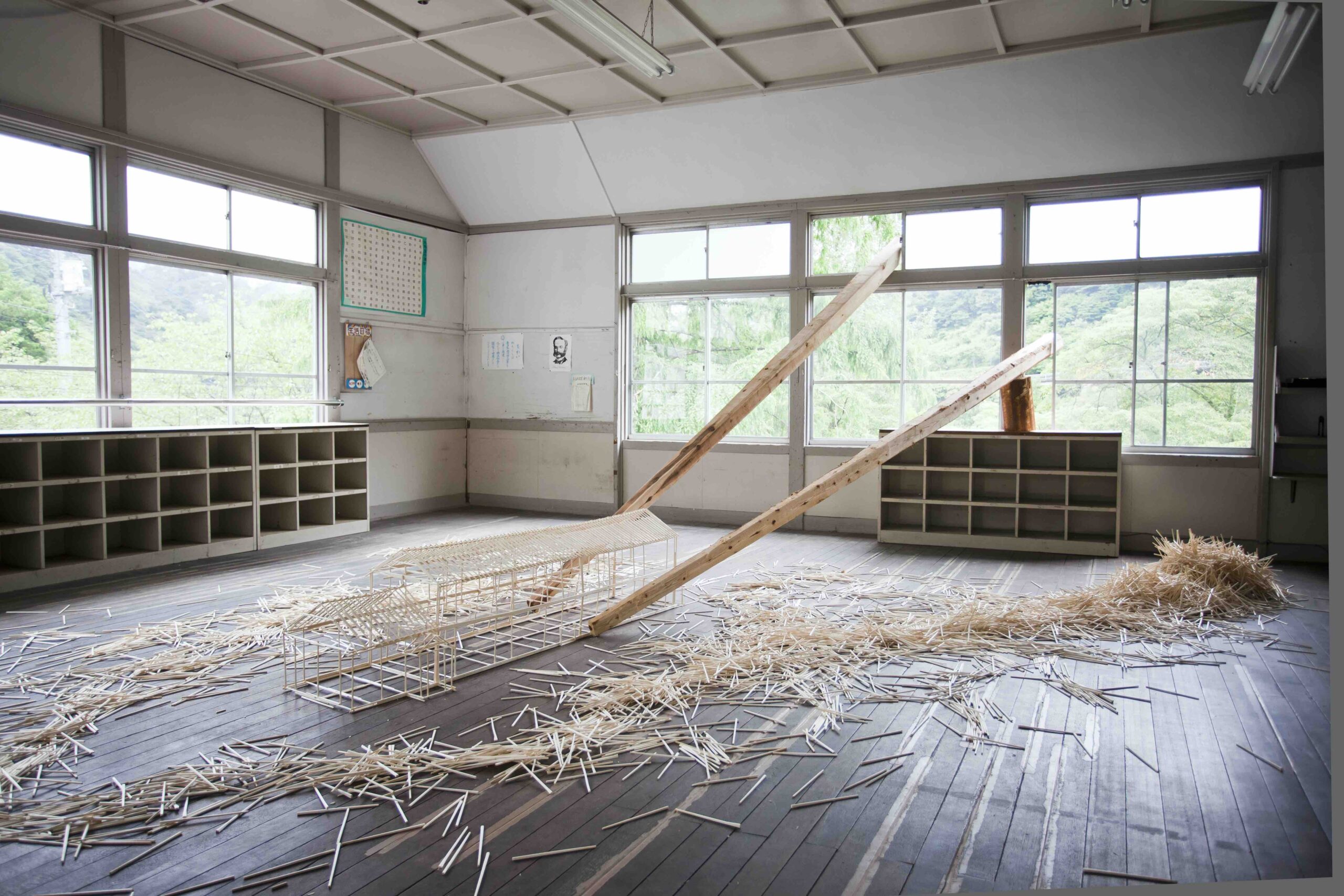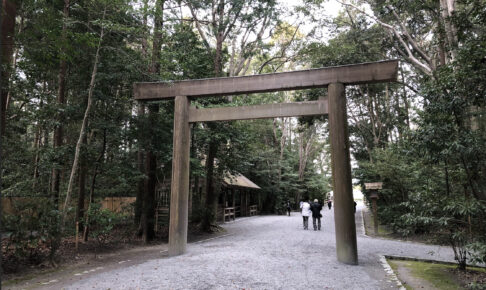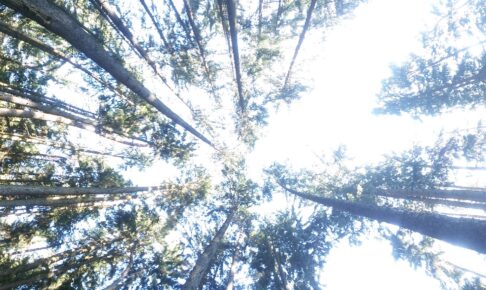In recent years, countries around the world have been raising their awareness of environmental conservation in reflection of the damage humans have inflicted on the natural environment.
Among these, the SDGs and the Circular Economy have been proposed in order to raise awareness of environmental issues among a wide range of people. In particular, the Circular Economy is a concrete methodology to improve the relationship between humans and the natural environment, and there is a movement among companies to incorporate this concept into their business operations. In this issue of Art Survive Blog, we would like to consider this Circular Economy and the Japanese culture of “Mottainai” through art.
目次
-Circular Economy and Circular Society in the Edo Period
Let’s begin with a look at the circular economy.
Circular economy is a familiar term in business circles, but not many people know what it means.
But not many people know what it means.
The Ellen MacArthur Foundation, a U.K.-based organization that promotes the Circular Economy, has developed the following statement.
The Ellen MacArthur Foundation, a U.K.-based organization that promotes the circular economy, lists the following as the “Three Principles of the Circular Economy
Design products that do not create waste and pollution.
Continue to use products and raw materials
Regenerate natural systems.
This is illustrated in what is called the “Butterfly Diagram”.
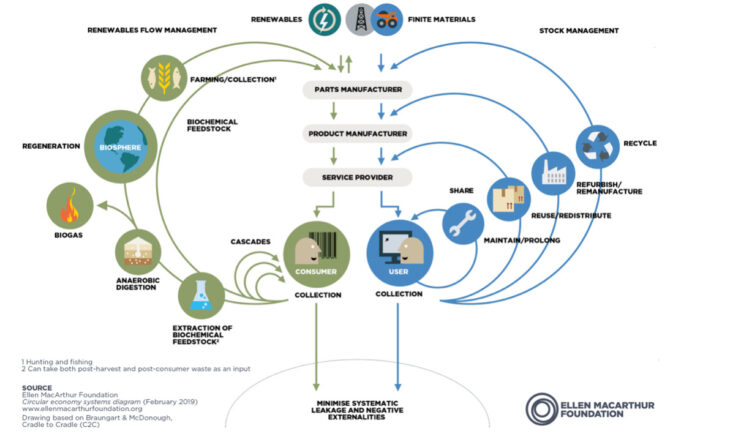
”The butterfly diagram”source:The Ellen MacArthur Foundation
It may be difficult to understand from this diagram alone, but one of the concepts of the Circular Economy, for example, is to design the entire cycle of a product from production to use, maintenance, reuse, and recycling in a cyclical manner from the beginning to reduce the burden on natural resources on a global scale.
In fact, there was a time when this circular economy was realized in an ideal form in Japan.
This was the Edo period (1603-1868).
At its peak, Edo had a recorded population of over 1 million, making it one of the largest cities in the world.
Mr. Kitabayashi, Director of the Sustainable Business Hub, said, “Edo, one of the largest cities in the world, was a city where energy, agriculture, and products were all organic and circulated.
Examples of this include the use of human waste urine as fertilizer (shimoigoe) and
The 5Rs (Reuse, Reuse, Repair, Recycle, + Return) culture, in which all products are repaired and recycled, and because resources were limited, the culture of downcycling and using up the last of the resources and returning them to the soil, was realized, and things such as clothes and umbrellas were reused. The 5Rs (Reuse, Reuse, Repair, Recycle + Return) are practiced in the culture of returning to the land.
Mr. Kitabayashi also noted that the premise of the recycling-oriented society in the Edo period was that the people of that time were aware that life and industry would not change significantly over generations.
In the Edo period, people were conscious of making things over a long span of time, transcending generations. It is thought that this is why the mindset of “maintaining and repairing products that have been around for a long time” was born.
And the idea that supports the recycling-oriented society of the Edo period is the traditional Japanese concept of “mottainai” (“mottainai”).
The word “mottainai” is used to refer to the idea of “mottainai,” or “wasteful waste. The word “mottaintainai” is a combination of the Buddhist term “omottainai” (object), which means dignity and dignity, and “nai” (not), which means negation, and expresses a feeling of regret and lamentation for the loss of things in their original state.
The contemporary artist and sculptor Tets Ohnari, has this to say about the concept of mottainai: “In the ancient city of Prague, there are many things that have been left behind for hundreds of years.The ancient city of Prague still retains its centuries-old buildings, streets, and atmosphere. It is also located in the center of Europe, and while it is constantly influenced by its neighbors, it also values the customs and culture of its own country and people. This also influences their way of thinking. It is their custom to “make everything themselves,” from repairing houses and cars to cooking and even small tools. They have the skills and knowledge to rival those of sculptors. They have the skills and knowledge to rival those of sculptors. This is a word that I have always kept close to me in the process of creating sculptures from scratch with my own hands.
This is a phrase that has always been with me in the process of creating sculptures from scratch with my own hands. As a “professional of self-expression” who is not a commissioned work, I have to use tools and materials as sparingly as possible, and above all, it is my nature not to do anything “wasteful.In Japan, the concept of “mottainai” has existed since ancient times. The idea of not leaving food on the table or reusing what has been used is a culture, a custom, and a discipline that the Japanese should be proud of. It is a culture, and above all, it is a wonderful creativity.
The Japanese have a way of thinking that allows them to do this, and a spirit of honing their skills that is outstanding.
This ancient Japanese concept of mottainai and the recycling-oriented society of the Edo period can serve as a useful reference for us today in our straitened circumstances.
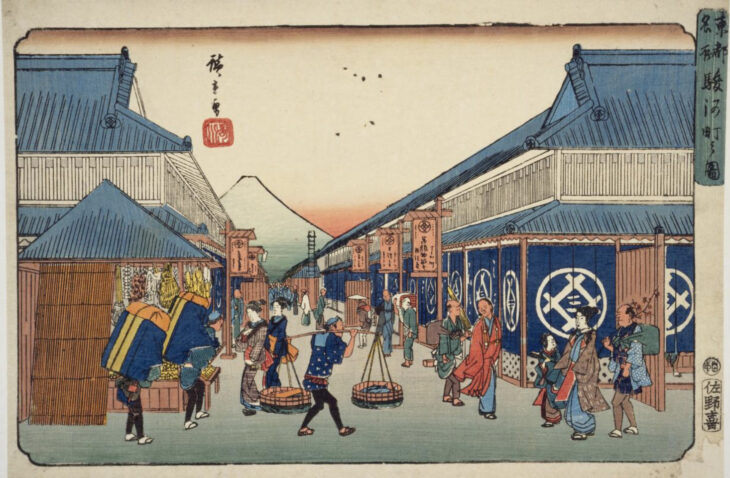
Famous Views of the Eastern Capital: Suruga-cho UTAGAWA Hiroshige
Collection of National Diet Library
-Art and the Circular Economy
Today, we are living in an age of mass production. What should we look for to find hints for a recycling-oriented society? Art can provide us with such hints. Art is said to be a mirror of society.
In the nearly 100 years between the Industrial Revolution and modernization, the image of “monozukuri” (manufacturing) to the world, including Japan, has changed to one of “production. In response to this, there is the Arts and Crafts Movement, led by William Morris, which seeks to revive manufacturing by human hands.
In this regard, it can be said that we can gain hints for the future of our society from art. Let us now look at some hints for a recycling-oriented society from the perspective of art.
When considering art and the natural environment, the first thing that comes to mind is land art, which has been practiced since the 1960s.
Land art, also called earth work or earth art, is often created outdoors using natural materials such as soil and sand, through a large-scale production process comparable to that of civil engineering works. Let us introduce some of these works.
First of all, we would like to introduce Spiral Jetty by Robert Smithson, one of the leading artists of Land Art.
This work is a breakwater on the Great Salt Lake in Utah, U.S.A. It is made of 6500 tons of rocks and stones, and is based on the theme of entropy. Entropy is the idea that life forms can maintain their vital activities by constantly exchanging energy with the outside world. In this work, the bacteria unique to the salt lake, which, as the name suggests, has a higher salt concentration than seawater, turn the surface of the water red and gradually decompose the artwork.

The next work featured is by Andy Goldsworthy. Andy Goldsworthy is a British-born sculptor who creates temporary landscape installations from sticks, stones, and other natural materials he finds in nature. As he once said, “The work I make is like picking up potatoes,” spinning out beautiful landscapes, temporarily, on the spot, with the materials he finds. The spun work is artificial, but at the same time it blends into nature.
The spun works, though artificial, blend into nature and are left in nature as they are.


The last example of artwork that is not land art is the artwork of Tets Ohnari. The first is “memorialize No. 2”, is interested in the question of where a stone goes after it has finished its role as a part of his path, and what it becomes. The idea for this work was based on his interest in what will happen to the stones after they are no longer part of the path, and on his thoughts about how we consume things in our daily lives, and what it means to “create” something by consuming something. In this work, by shaving paving stones from the road to make rings, the viewer is made aware of the fact that our lives are made possible by the circulation of all things.
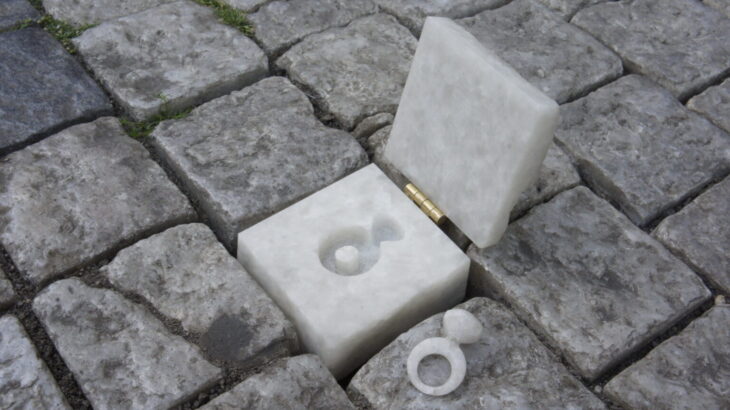
In another work, “remember No. 5,” kaolin stone is mined at a place near Prague in the Czech Republic where it can be mined.
The work is a response to the objects we use and consume every day. The work reaffirms our everyday use and consumption of objects and brings to light the consumerism of the everyday.

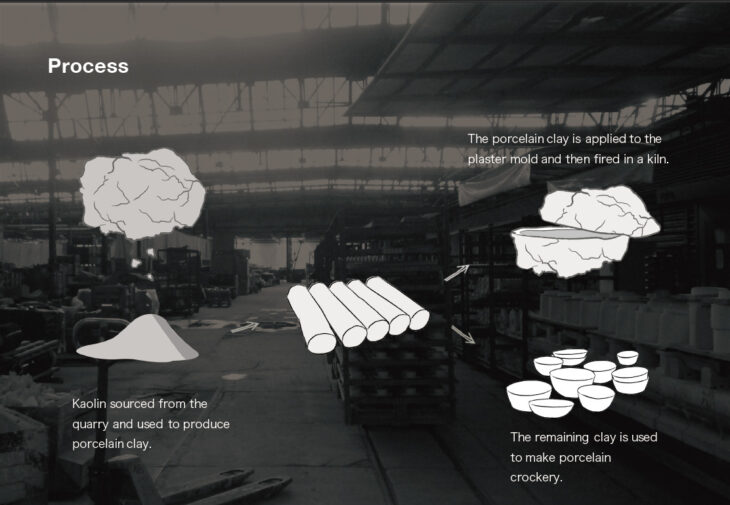
-“Mottainai” from now on
So far, we have looked at the circular economy and the Japanese concept of mottainai through art. Recently, people’s interest in ecology has been growing, albeit in a small way, with the use of eco-bags becoming more common in Japan. By developing civilization, human beings have become increasingly isolated from nature, and have become trapped inside the shell of civilization, the second nature that they have built for themselves, and have stopped listening to the voice of nature.
Now is the time for us to remember the concept of mottainai, the pride of Japan, and incorporate it into our daily lives and into the structure of our society. If we do so, we will be able to realize a society in which human civilization can coexist with nature, while living a minimalist daily life, appreciating the resources and nature that we have.
We hope that this article will provide some hints for the future of our society.
IDEAS FOR GOOD https://ideasforgood.jp/2020/08/17/circular-edonomy-1-report/

